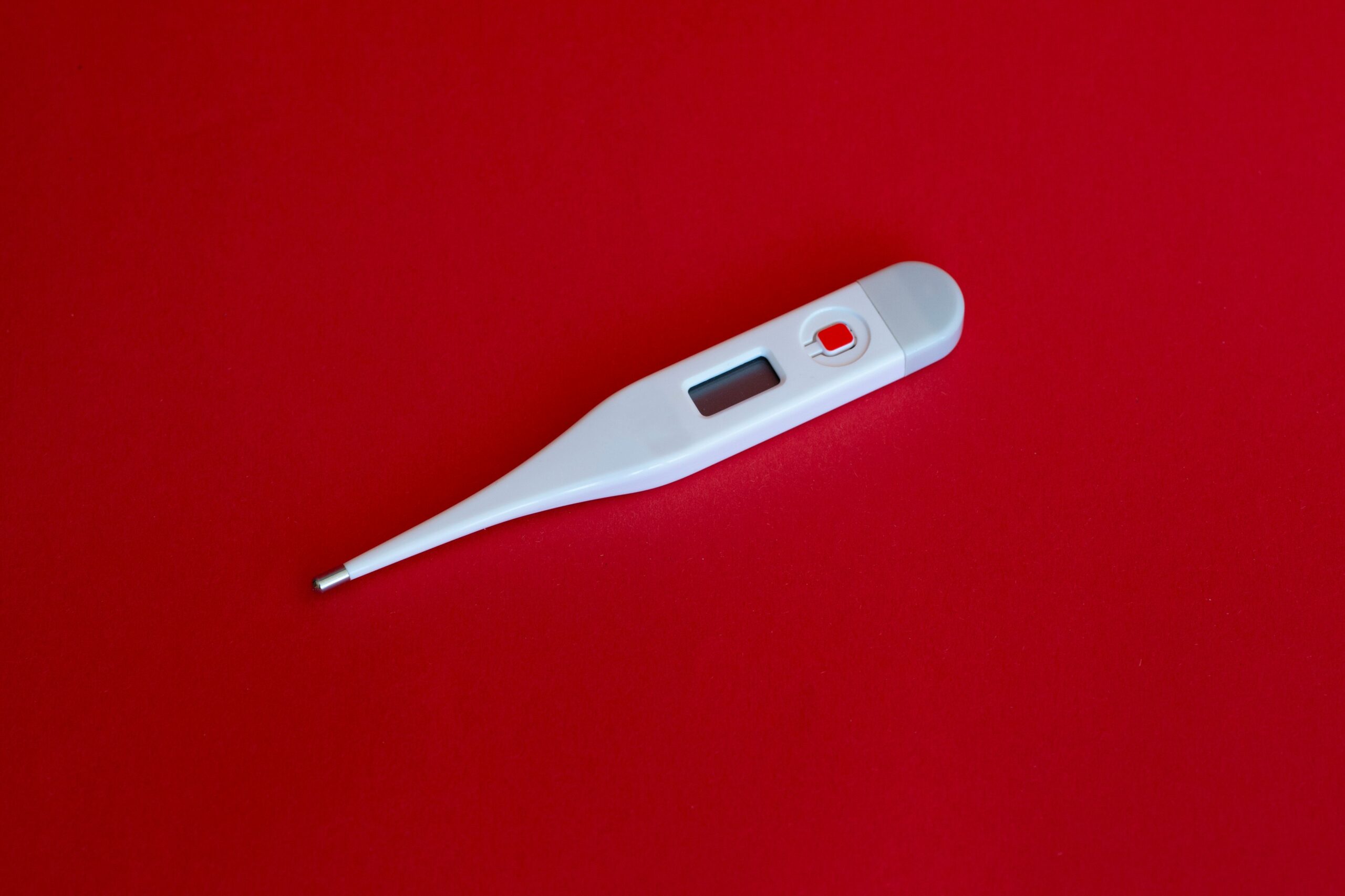Dyslipidemia is a common medical condition characterized by abnormal levels of lipids (fats) in the blood. It is a major risk factor for cardiovascular diseases, including heart attacks and strokes. In this article, we will explore the signs, symptoms, investigations, and treatment options for dyslipidemia.
Signs and Symptoms
Dyslipidemia often does not cause any noticeable signs or symptoms. It is usually detected through routine blood tests or when individuals undergo screening for cardiovascular risk factors. However, in severe cases or when associated with other medical conditions, some individuals may experience symptoms such as:
- Angina (chest pain) or other symptoms of coronary artery disease
- Xanthomas (yellowish deposits of fat) on the skin or tendons
- Pancreatitis (inflammation of the pancreas)
- Enlarged liver or spleen
- Fatty deposits in the eyes (corneal arcus)
Investigations
If dyslipidemia is suspected, your healthcare provider may order certain investigations to assess your lipid profile and determine the appropriate treatment. These investigations may include:
- Lipid profile test: This blood test measures the levels of cholesterol, triglycerides, and other lipids in your blood.
- Genetic testing: In some cases, dyslipidemia may be caused by genetic factors. Genetic testing can help identify specific gene mutations that may contribute to the condition.
- Other tests: Additional tests may be ordered to evaluate the underlying cause of dyslipidemia, such as liver function tests, thyroid function tests, and kidney function tests.
Treatment
The primary goal of treating dyslipidemia is to reduce the risk of cardiovascular diseases. Lifestyle modifications and medications are commonly used to manage dyslipidemia. The treatment options may include:
- Dietary changes: Adopting a heart-healthy diet low in saturated fats, trans fats, and cholesterol can help improve lipid levels.
- Regular exercise: Engaging in regular physical activity can help lower cholesterol levels and improve overall cardiovascular health.
- Weight management: Losing excess weight, if overweight or obese, can have a positive impact on lipid levels.
- Smoking cessation: Quitting smoking is crucial for individuals with dyslipidemia as smoking can worsen lipid abnormalities and increase the risk of cardiovascular diseases.
- Medications: Depending on the severity of dyslipidemia and individual risk factors, your healthcare provider may prescribe medications such as statins, fibrates, or cholesterol absorption inhibitors to help manage lipid levels.
It is important to note that the treatment approach may vary for each individual, and healthcare providers will tailor the treatment plan based on the specific needs and risk factors of the patient.
Conclusion
Dyslipidemia is a common condition characterized by abnormal lipid levels in the blood. While it may not cause noticeable symptoms, it significantly increases the risk of cardiovascular diseases. Early detection, appropriate investigations, and timely treatment are crucial in managing dyslipidemia and reducing the risk of complications. Lifestyle modifications, including a heart-healthy diet, regular exercise, and smoking cessation, along with medications when necessary, form the cornerstone of treatment for dyslipidemia.


